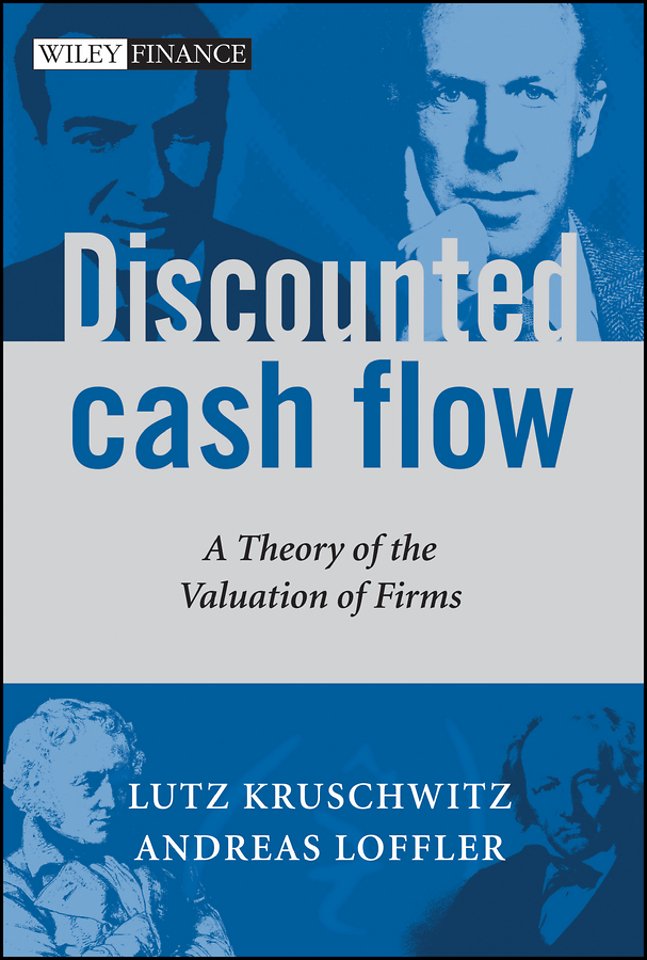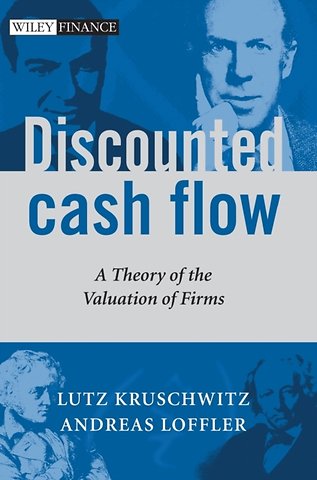Discounted Cash Flow
A Theory of the Valuation of Firms
Samenvatting
Firm valuation is currently a very exciting topic. It is interesting for those economists engaged in either practice or theory, particularly for those in finance. The literature on firm valuation recommends logical, quantitative methods, which deal with establishing today's value of future free cash flows. In this respect firm valuation is identical with the calculation of the discounted cash flow, DCF. There are, however, different coexistent versions, which seem to compete against each other. Entity approach and equity approach are thus differentiated. Acronyms are often used, such as APV (adjusted present value) or WACC (weighted average cost of capital), whereby these two concepts are classified under entity approach.
Why are there several procedures and not just one? Do they all lead to the same result? If not, where do the economic differences lie? If so, for what purpose are different methods needed? And further: do the known procedures suffice? Or are there situations where none of the concepts developed up to now delivers the correct value of the firm? If so, how is the appropriate valuation formula to be found? These questions are not just interesting for theoreticians; even the practitioner who is confronted with the task of marketing his or her results has to deal with it. The authors systematically clarify the way in which these different variations of the DCF concept are related throughout the book.
Specificaties
Inhoudsopgave
List of Symbols.
List of Definitions, Theorems, etc.
Acknowledgments.
Introduction.
1. Basic Elements.
1.1 Fundamental terms.
1.1.1 Cash flows.
1.1.2 Taxes.
1.1.3 Cost of capital.
1.1.4 Time.
Problems.
1.2 Conditional expectation.
1.2.1 Uncertainty and information.
1.2.2 Rules.
1.2.3 Example.
Problems.
1.3 A first glance at business values.
1.3.1 Valuation concept.
1.3.2 Cost of capital as conditional expected returns.
1.3.3 A first valuation equation.
1.3.4 Fundamental theorem of asset pricing.
Problems.
1.4 Further literature.
2. Corporate Income Tax.
2.1 Unlevered firms.
2.1.1 Valuation equation.
2.1.2 Weak auto–regressive cash flows.
2.1.3 Example (continued).
Problems.
2.2 Basics about levered firms.
2.2.1 Equity and debt.
2.2.2 Earnings and taxes.
2.2.3 Financing policies.
2.2.4 Default.
2.2.5 Example (finite case continued).
Problems.
2.3 Autonomous financing.
2.3.1 Adjusted present value (APV).
2.3.2 Example (continued).
Problems.
2.4 Financing based on market values.
2.4.1 Flow to equity (FTE).
2.4.2 Total cash flow (TCF).
2.4.3 Weighted average cost of capital (WACC).
2.4.4 Miles–Ezzell and Modigliani–Miller adjustments.
2.4.5 Example (continued).
Problems.
2.5 Financing based on book values.
2.5.1 Assumptions.
2.5.2 Full distribution policy.
2.5.3 Replacement investments.
2.5.4 Investment policy based on cash flows.
2.5.5 Example (continued).
Problems.
2.6 Other financing policies.
2.6.1 Financing based on cash flows.
2.6.2 Financing based on dividends.
2.6.3 Financing based on debt–cash flow ratio.
2.6.4 Comparing alternative forms of financing.
Problems.
2.7 Further literature.
3. Personal Income Tax.
3.1 Unlevered and levered firms.
3.1.1 Leverage interpreted anew.
3.1.2 The unlevered firm.
3.1.3 Income and taxes.
3.1.4 Fundamental theorem.
3.1.5 Tax shield and distribution policy.
3.1.6 Example (continued).
Problems.
3.2 Excursus: Cost of equity and tax rate.
Problems.
3.3 Retention policies.
3.3.1 Autonomous retention.
3.3.2 Retention based on cash flow.
3.3.3 Retention based on dividends.
3.3.4 Retention based on market value.
Problems.
3.4 Further literature.
4. Corporate and Personal Income Tax.
4.1 Assumptions.
4.2 Identification and evaluation of tax advantages.
4.3 Epilogue.
Problems.
Appendix: Proofs.
A.1 Proofs of theorems.
A.2 Proof of theorem.
A.3 Proof of theorem.
A.4 Proofs of theorems.
A.5 Proof of theorem.
A.6 Proofs of theorems.
A.7 Proof of theorem.
A.8 Proof of theorem.
Index.
Anderen die dit boek kochten, kochten ook
Net verschenen
Rubrieken
- aanbestedingsrecht
- aansprakelijkheids- en verzekeringsrecht
- accountancy
- algemeen juridisch
- arbeidsrecht
- bank- en effectenrecht
- bestuursrecht
- bouwrecht
- burgerlijk recht en procesrecht
- europees-internationaal recht
- fiscaal recht
- gezondheidsrecht
- insolventierecht
- intellectuele eigendom en ict-recht
- management
- mens en maatschappij
- milieu- en omgevingsrecht
- notarieel recht
- ondernemingsrecht
- pensioenrecht
- personen- en familierecht
- sociale zekerheidsrecht
- staatsrecht
- strafrecht en criminologie
- vastgoed- en huurrecht
- vreemdelingenrecht







